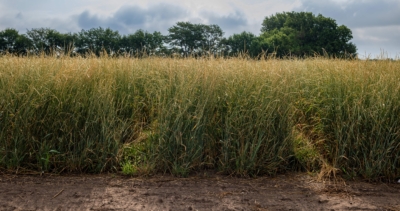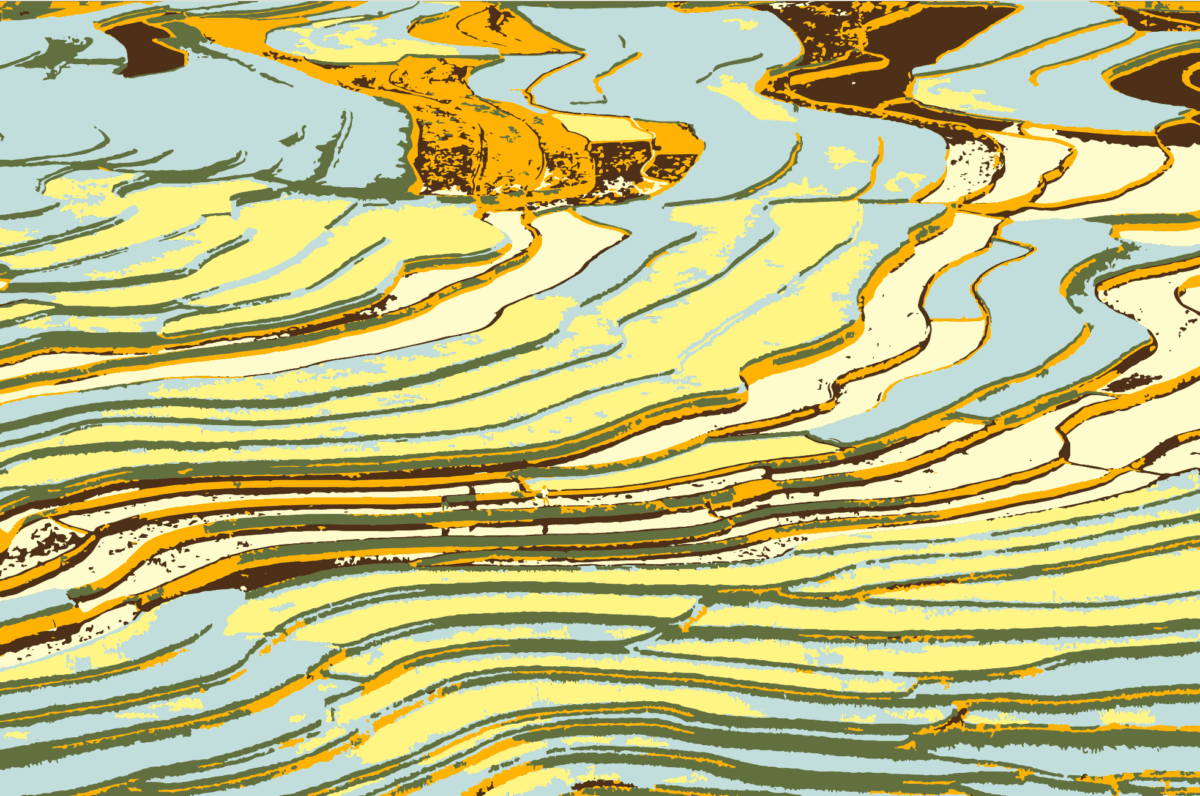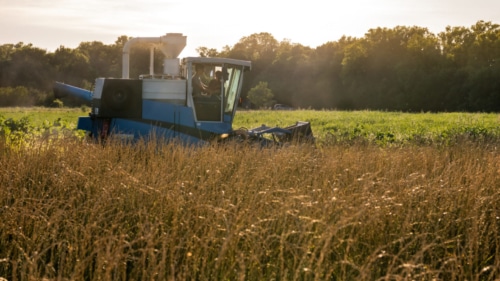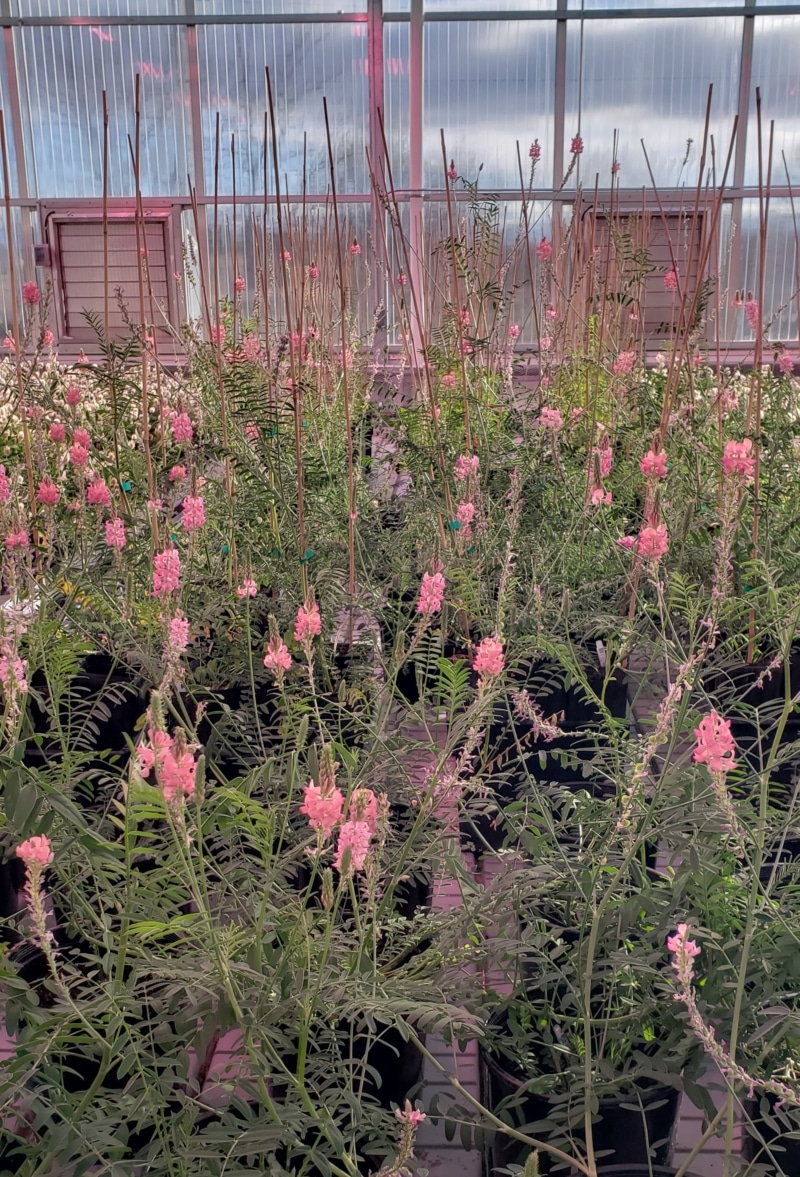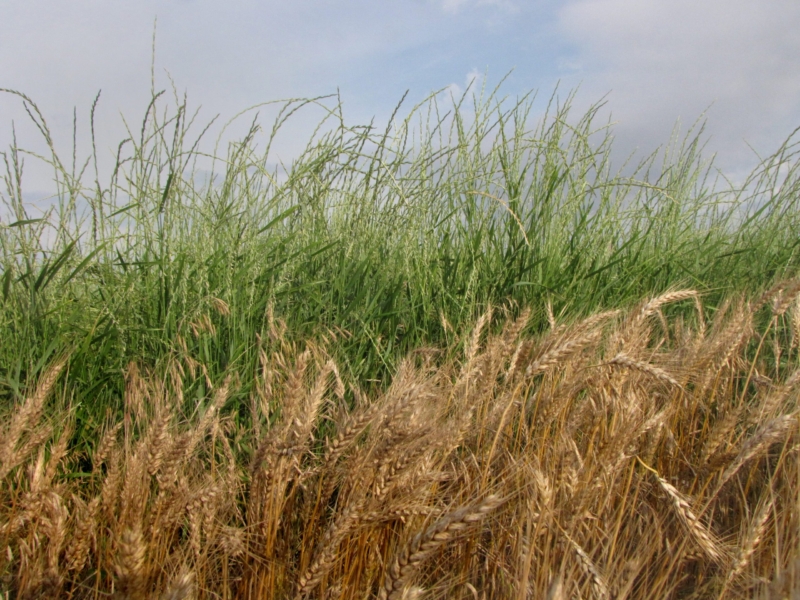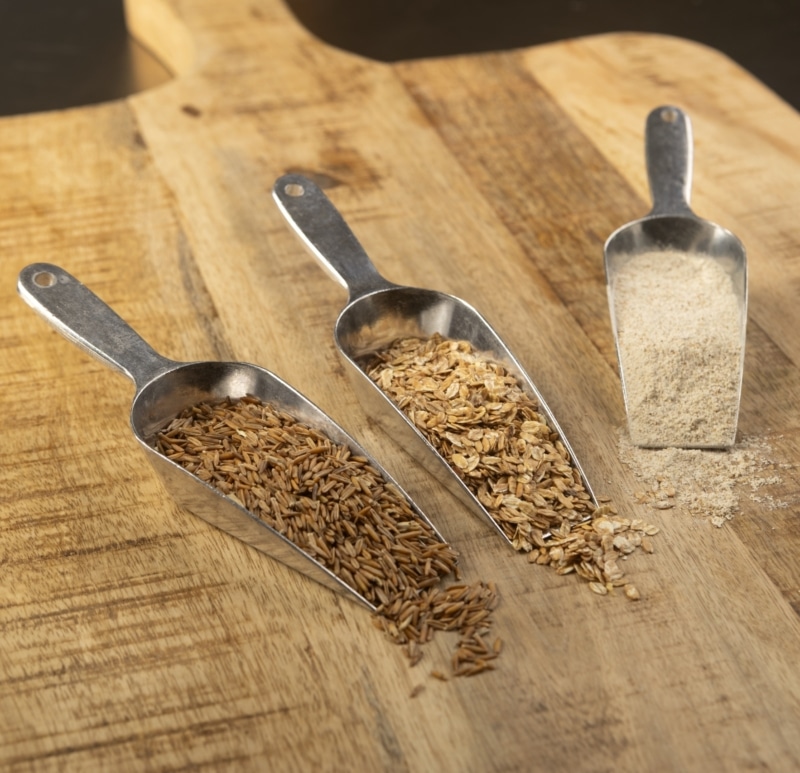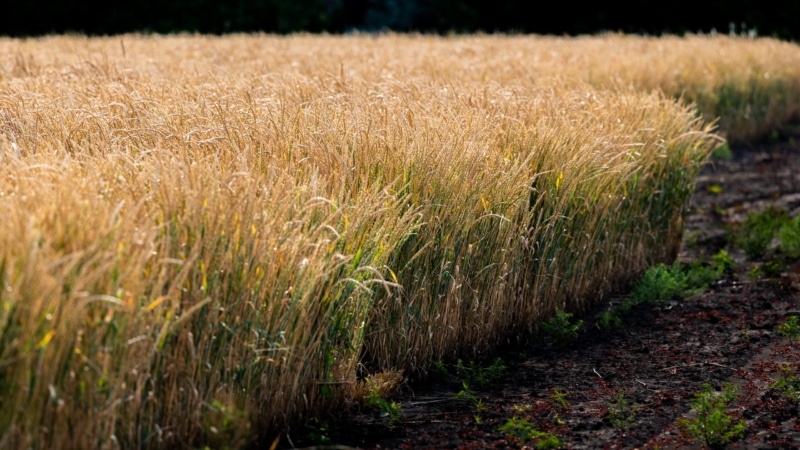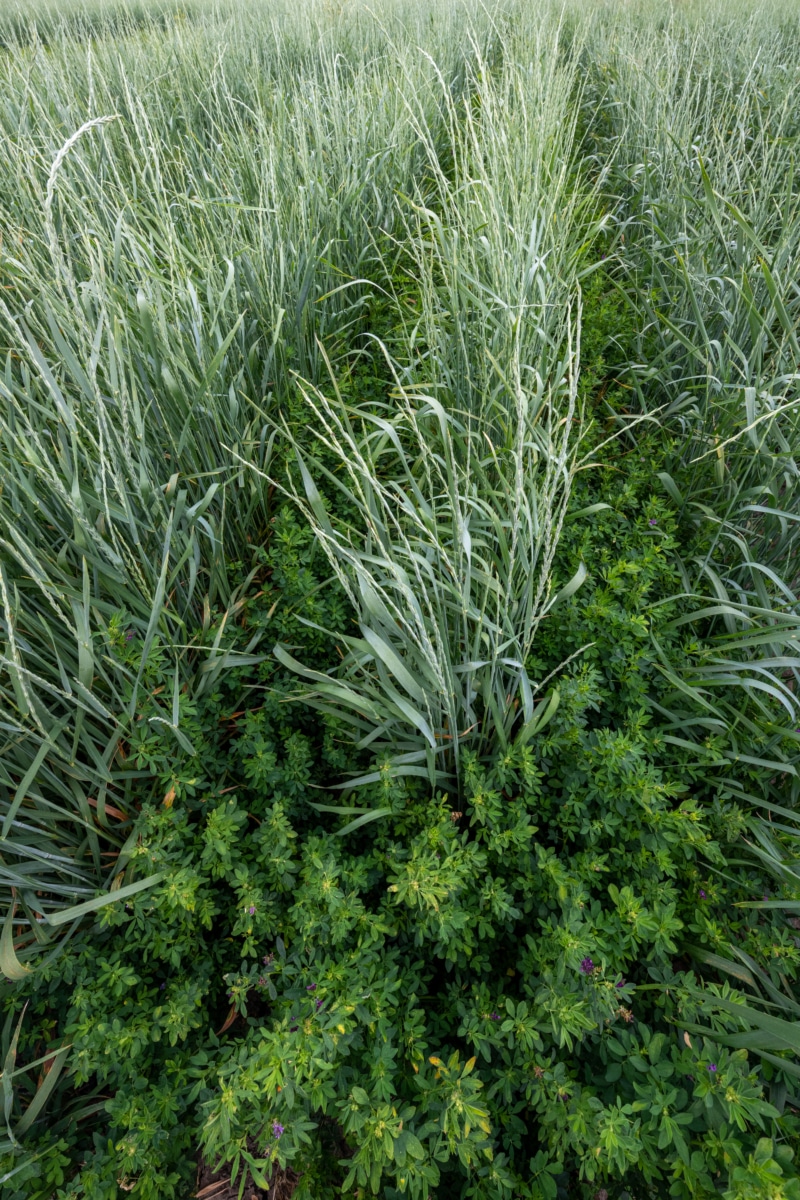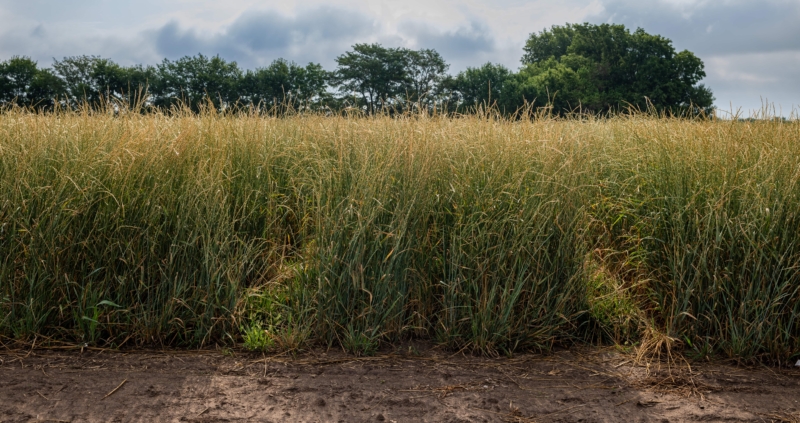Perennial grain crops represent a fundamental shift, holding the potential for a truly regenerative future in which humanity and nature flourish together as a collaborative system. A future in which diverse, perennial crops—like grains, legumes, and oilseeds planted in mixtures—cover our farmlands with living plants and roots, building healthy soil, restoring waterways, and creating abundant food and economic growth for farmers and their communities.
With perennials, farmers disturb the soil much less than with annual crops. With continuous plant life and less disturbance, soils become far more functional, forming soil aggregates and root pathways, allowing water to infiltrate and storing carbon in the soil profile. Living three or more years from a single planting, perennial grain crops invest more energy below the ground in roots and root exudates. The exudates are organic compounds that roots release into the soil, fostering beneficial microbes that improve soil health.
Each gram of healthy soil contains on the order of a billion microbes, and many of these help crops defend against disease and obtain nutrients like nitrogen and phosphorus. Perennial roots are also very efficient at taking up and using water and nutrients from large soil volumes.
The next step is to rebuild and increase soil health over the long term by growing perennial grains in diverse mixtures called polycultures. Diverse perennial plant species dominate nearly all native plant ecosystems, whether in forests, prairies, deserts, savannas, or tundras. These ecosystems can regenerate and persist for centuries, feeding above and below-ground life. For example, the Great Plains prairies from Canada to Texas have a good track record of self-regeneration, persisting for 8,000-10,000 years following the recession of the last continental glacier. Those diverse perennial prairies built the soils that allowed our modern Midwest breadbasket to feed nations and the world for 160 years. Research at The Land Institute and with partners is underway to test diverse perennial grain intercropping systems that will achieve high grain yields and soil health benefits.
